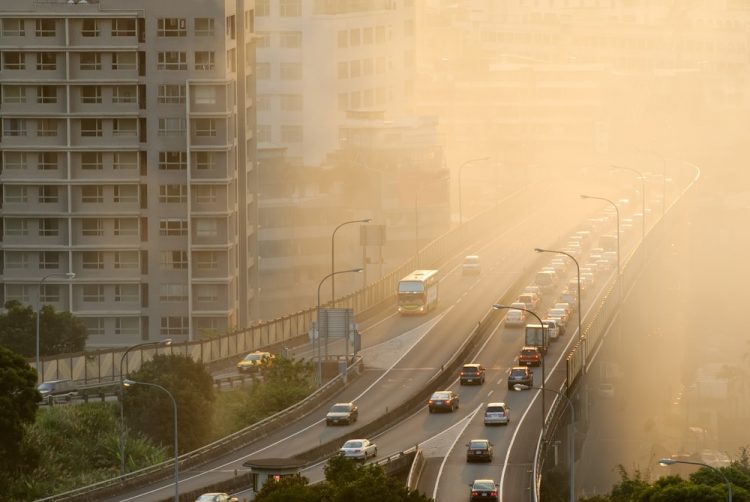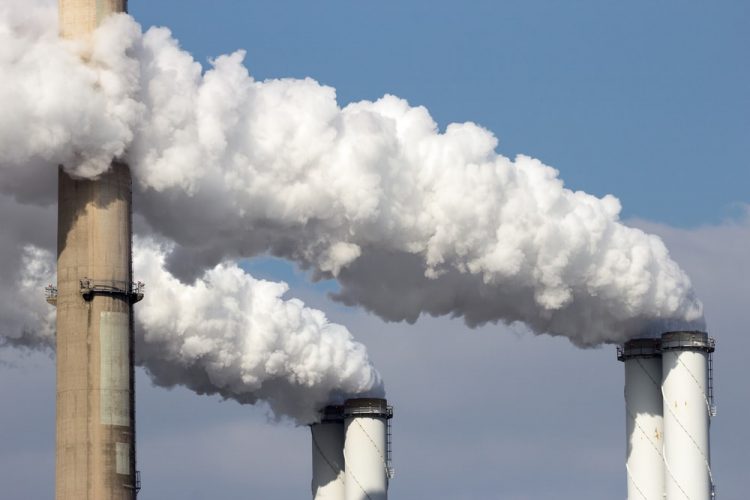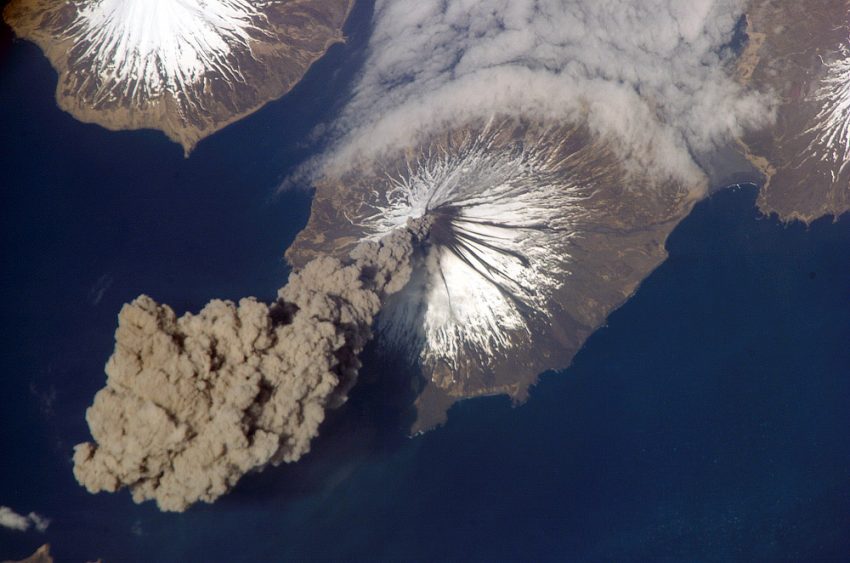The pollution It is the presence in the environment of chemical, physical or biological agents that are harmful to living beings. Air pollution, also called atmospheric pollution, is produced as a consequence of the emissions of toxic gases, such as carbon dioxide. For instance: fossil fuels, deforestation, pesticides.
Pollution makes environments unsafe, and can affect water, soil, air, or even turn food into contaminated products. Pollution from one sector of the ecosystem can spread to the others. For example, acid rain is a consequence of air pollution. When harmful gases from the air fall to the ground pushed by rain, water and soil are in turn polluted.
While all ecosystems can be altered, pollution is considered a negative alteration in the middle. The most common is that it is a consequence of human activity. It has had very serious consequences such as the extinction of animal and plant species, as well as various diseases (some fatal) in humans.
The World Health Organization warns that approximately 2 million people can die from causes associated with air pollution. Different types of pollution are more concentrated in undeveloped countries.
Causes and sources of air pollution
Its sources can be:
- Punctual. Also called stationary or fixed, they stay in the same place for a long time, increasing the concentration of contamination in a place. They are factories, refineries, chemical industries, power plants, etc.
- Mobile phones. They are those that move. They include all forms of transport, mainly the automobile.
- Area. Small fountains numerous and scattered in an area. For example, home heaters.
- Natural. Not all forms of pollution come from the action of the human being, but can be a consequence of the life of other living beings or of geological phenomena.

Examples of air pollution
- Transport. Cars, trucks and buses, as well as airplanes, generate large amounts of harmful gases. This is because its fuel is hydrocarbons (derived from oil). Although these are concentrated in urban spaces, they are dispersed throughout the atmosphere, affecting various ecosystems.
- Fossil fuels. There are several ways to obtain energy. Some are clean, meaning that they cause the least amount of pollution during consumption, such as wind, solar or hydroelectric energy. However, much of the energy we use comes from fossil fuels such as coal, oil and natural gas, causing not only air pollution, but also water and soil.
- Deforestation. Deforestation is not directly a form of pollution. However, forests consume carbon dioxide (a harmful gas) and produce oxygen, which is essential for our existence and that of other living beings. The fewer green areas there are on the planet, the greater the pollution and the lower the oxygen production.
- Pesticides. Pesticides mainly pollute the soil, and in some cases even the food they are trying to protect. However, when applied they can spread through the air, especially if light aircraft are used to do so. This is why populations near plantations, where harmful pesticides are used, suffer from diseases associated with pollution.
- Industries “chimney”. Some industries depend on the manufacture of products in factories. They often use ovens that pollute the air. This type of pollution is diminished by the use of electrical energy instead of coal or oil.

- Chemical industries. The main pollution problems associated with chemical industries are found in soil and water. However, they can also produce gases that pollute the air.
- CFC. Chlorofluorocarbons (CFCs) were used in the manufacture of refrigerants, aerosols, insulators, and other products. This gas disperses through the atmosphere and reaches the ozone layer, degrading it. For a few decades, many aerosols stopped being manufactured with CFCs. When buying a deodorant, a hair product or an aerosol cleaning product, we can look on the label for the legend “does not contain CFCs” or “does not harm the ozone layer.”
- Fires. Home, plantation or forest fires concern us for many reasons. However, it is important to note that smoke from fires is also a form of pollution. That is why it is not advisable to deliberately burn garbage or any other object, mainly industrial products that contain many polluting substances in themselves.
- Tobacco. In addition to pollution in open spaces, the air can be polluted in closed spaces. Breathing someone else’s tobacco smoke has been found to be just as harmful as smoking, hence the term “secondhand smoker” was developed. Therefore, tobacco smoke is a form of pollution.
- Volcanic eruptions. This is a kind of natural pollution, meaning it is not man-made. Volcanoes not only expel lava when they erupt, but also gases and ash that spread through the air, affecting nearby populations, animals, and plants. When the wind carries these volcanic products, the consequences of pollution can be greater.

- Stoves. Forms of heating that use gas, wood, or charcoal emit poisonous gases such as carbon monoxide, nitrogen dioxide, and other particulates. These gases are so harmful that when the stove installation is faulty and the gases remain inside buildings, the poisoning can cause death. 4 million people die annually from this cause. That is why it is vitally important to make sure that fireplaces, stoves and any type of combustion that takes place in the home has an adequate exit to the outside. However, this does not prevent pollution that occurs in the atmosphere.
- Mold and mildew. This is another type of natural pollution. Mushrooms grow naturally in nature and, like all living things, they emit gases as a product of their metabolism. However, when grown indoors these gases become concentrated and are harmful to health. That is why it is important to avoid the growth of fungi by keeping the spaces ventilated and dry.
